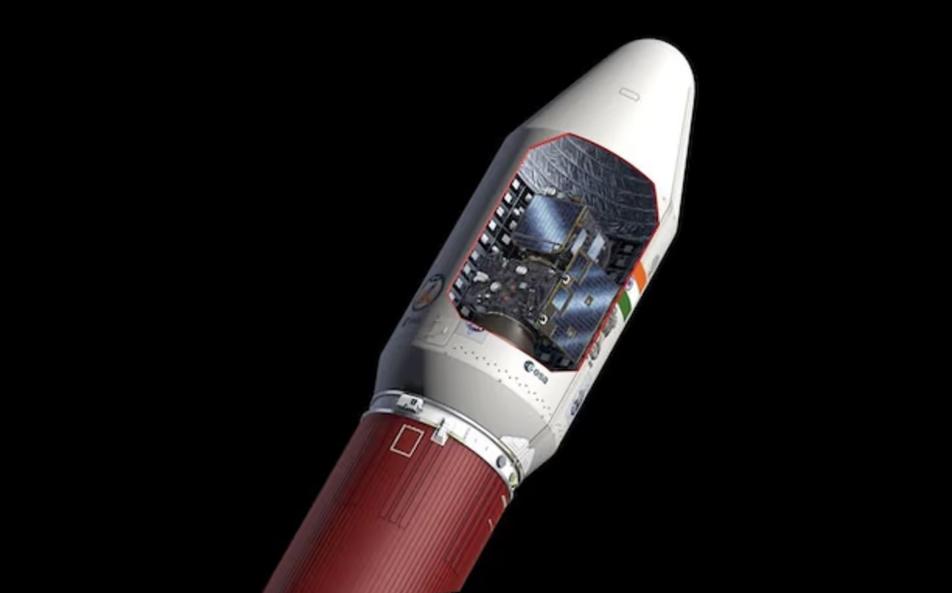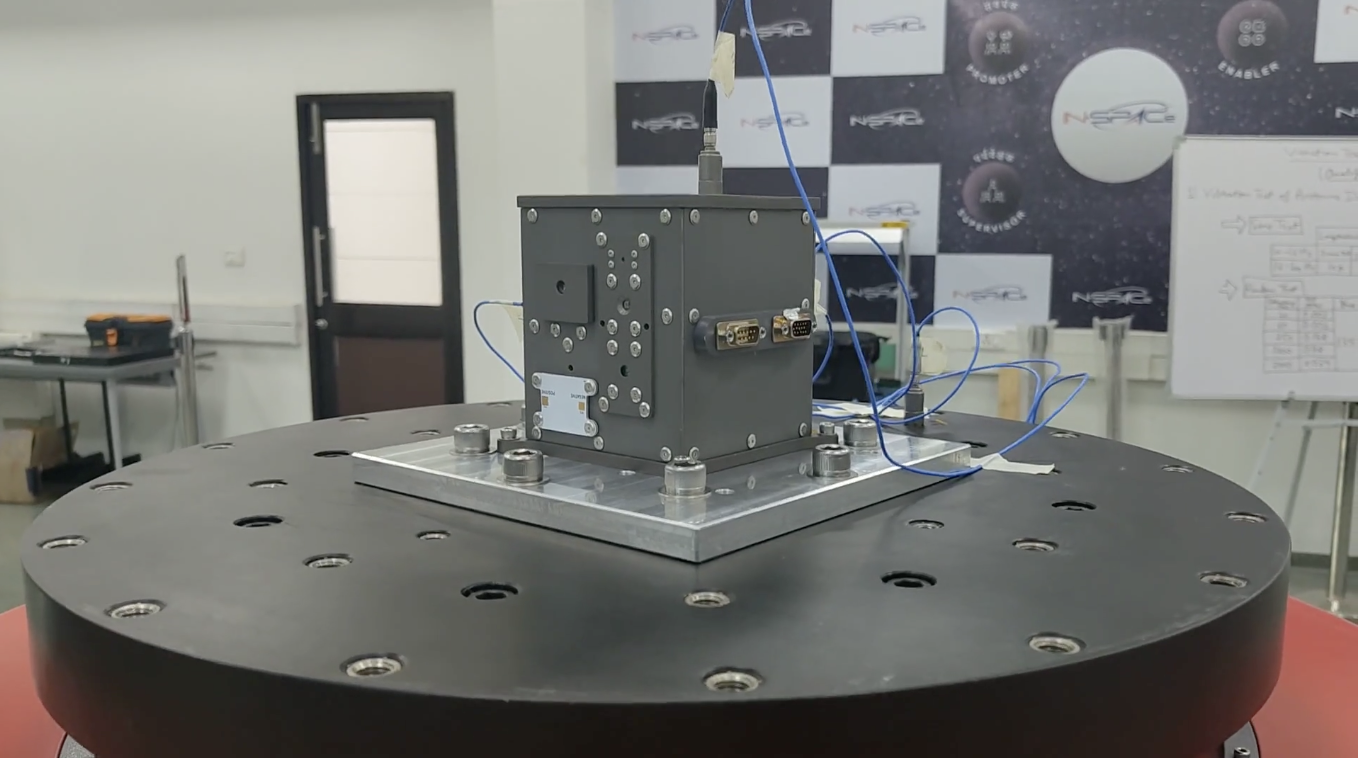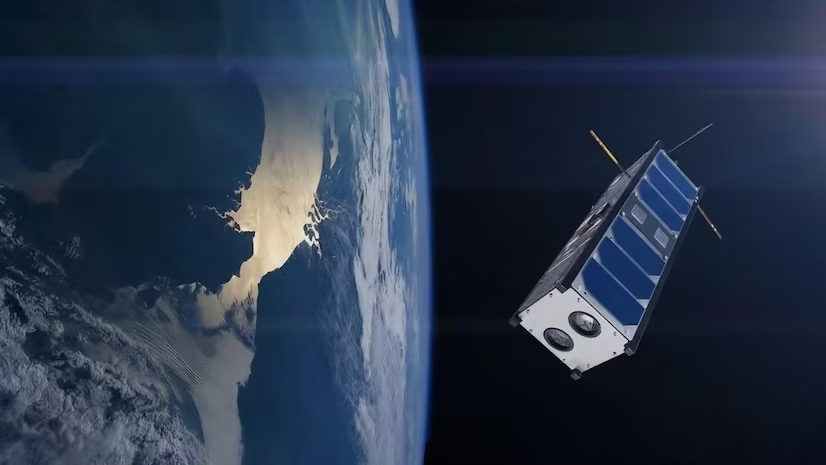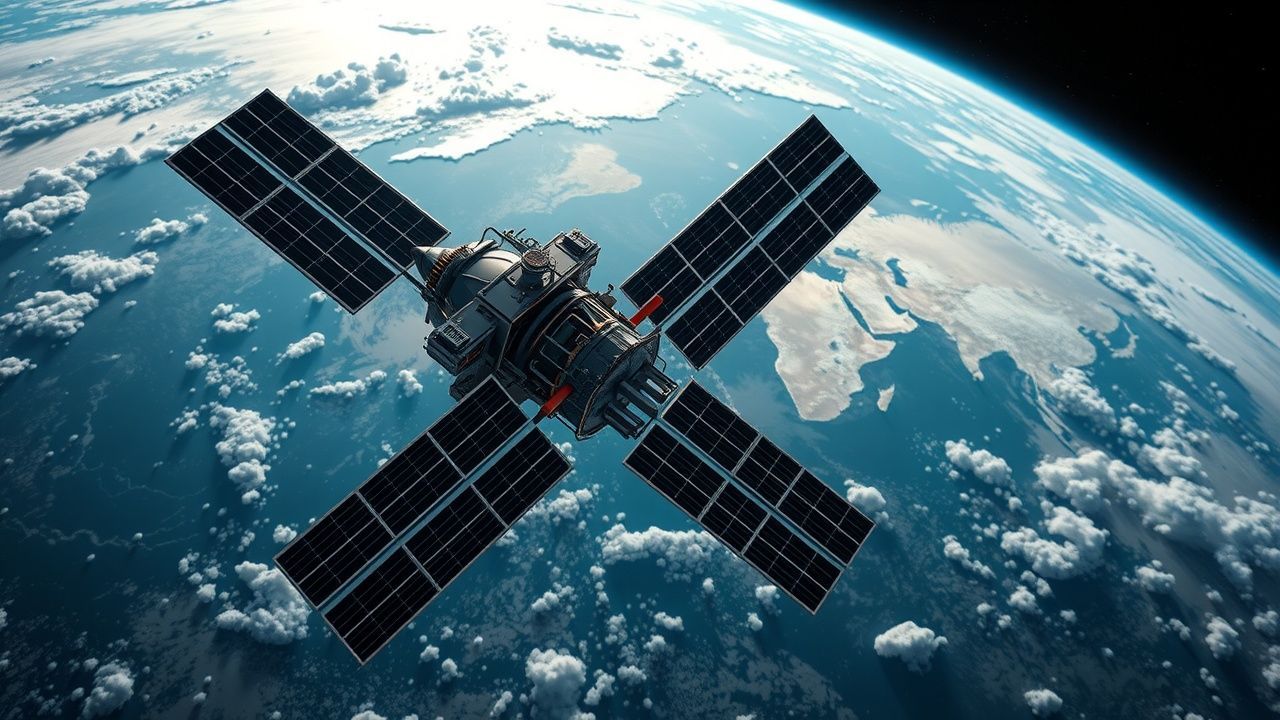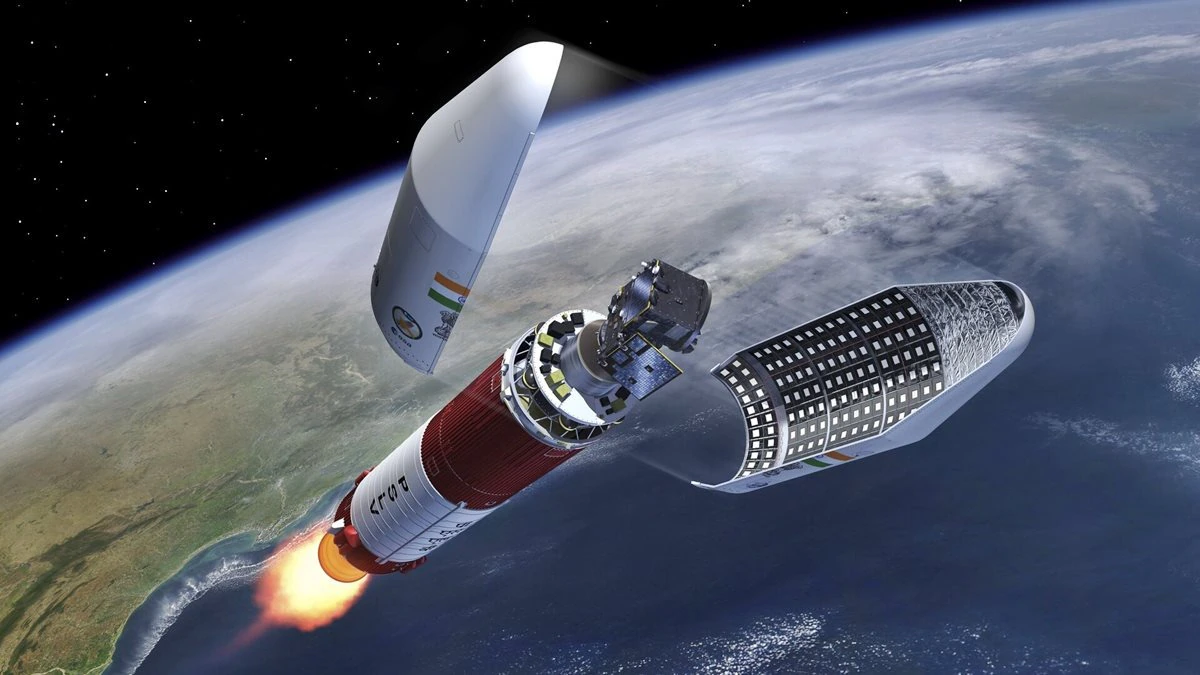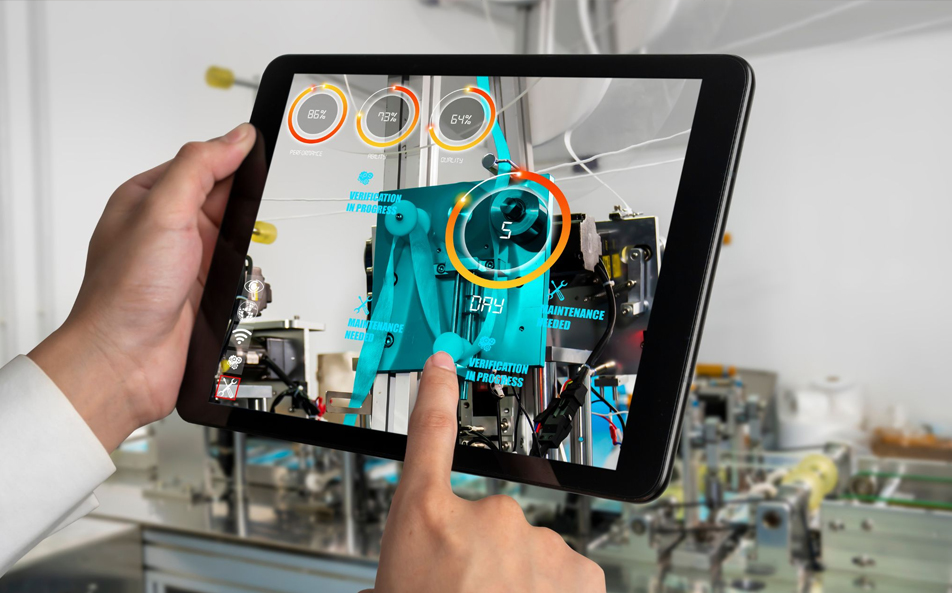
The United Indian

In a groundbreaking development, India is set to launch its first-ever artificial intelligence (AI) laboratory into space. This ambitious project, led by the Hyderabad-based space technology firm TakeMe2Space, will see the launch of the My Orbital Infrastructure - Technology Demonstrator (MOI-TD) in mid-December 2024 aboard the Indian Space Research Organisation's (ISRO) PSLV C60 rocket. This mission will take place aboard the Polar Satellite Launch Vehicle (PSLV-XL) on December 4, 2024.
The mission will demonstrate real-time data processing in orbit, reducing data transmission costs and latency. MOI-TD addresses the challenge of processing petabytes of data from satellites, bypassing delays caused by cloud cover. The platform will allow users to upload AI models for Earth observation tasks like environmental monitoring. MOI-TD marks a step toward space-based data centers, paving the way for affordable, sustainable space computing solutions.
This landmark event marks a significant stride in India's space exploration journey, promising to revolutionize the way we conduct space research and unlock new frontiers in scientific discovery.
What is the MOI-TD?
The MOI-TD platform has been developed with critical support from the IN-SPACe Technical Centre, a government agency that facilitates private sector activities in the space domain.
Located in Ahmedabad, IN-SPACe has provided essential facilities for testing and validating the MOI-TD platform, which addresses a significant challenge in satellite operations: the inefficiency of transmitting vast amounts of data to Earth.
MOI-TD seeks to overcome issues in satellite operations by showcasing real-time data processing in orbit. Every day, satellites produce enormous volumes of data. A large portion of this data is rendered useless by things like cloud cover. On Earth, data processing takes time and money. Through data processing in space, MOI-TD will lower transmission costs and delays. MOI-TD will allow for the processing of vast amounts of satellite data in space, addressing challenges such as cloud cover that can render up to 40% of data unusable when transmitted to Earth. This capability will significantly reduce transmission costs and delays, providing timely insights for various applications.
User Interaction : Users will interact with MOI-TD through a web-based platform called OrbitLab. This interface enables users to upload AI models for diverse applications including environmental monitoring, deforestation tracking, and greenhouse gas emission detection. The platform has already attracted partnerships from entities like a Malaysian university and Indian school students.
The satellite is equipped with cutting-edge technologies such as AI accelerators, flexible solar cells, and sophisticated control systems. These features are designed to enhance satellite functionality and pave the way for future developments in space-based computing, akin to cloud services on Earth.
The primary objective of the MOI-TD mission is to make space research more affordable and accessible. By processing data in orbit, it opens up opportunities for a broader range of researchers and enthusiasts to engage with space technology, thereby democratizing access to space research capabilities.
This mission not only enhances Earth observation capabilities but also lays the groundwork for establishing future data centres in space, potentially transforming how vast amounts of data from satellites are handled and analysed.
PSLV-XL Proba-3
The European team, currently in India, successfully encapsulated the spacecraft in the payload fairing to complete the integration of the PSLV.
MOI-TD will open up the space industry, particularly Earth observation, to millions of enthusiasts and researchers,” said Ronak Kumar Samantray, founder and CEO of TakeMe2Space. He emphasized the need for broader access to space technology to unlock human creativity in exploration and research.
Known for its increased payload capacity because of its extra strap-on boosters, the PSLV-XL design will make this difficult mission easier. Together, the Occulter and Coronagraph satellites, which weigh 550 kg, are intended to provide detailed photographs of the corona.
In order to study solar phenomena that are ordinarily challenging to view, the coronograph will use this shadow while the occulter will filter out the Sun's bright light.
In addition to showcasing ISRO's competence as a dependable launch partner, this launch highlights India's expanding contribution to space exploration worldwide.
The Proba-3 mission is the latest in a string of fruitful partnerships between ISRO and ESA that have improved scientific knowledge of solar dynamics and how they affect Earth.
The Future of Space Exploration
India's launch of the first AI lab in space marks a significant milestone in the country's space program. It demonstrates India's commitment to innovation and its growing leadership role in the global space community.
The MOI-TD is just the beginning. As AI technology continues to advance, we can expect to see even more sophisticated AI-powered systems being deployed in space. These systems will enable us to explore the universe in ways that were previously unimaginable.
Conclusion
India's first AI lab in space is more than a technological marvel; it's a symbol of human curiosity, innovation, and our relentless pursuit of knowledge. By bringing artificial intelligence directly into the cosmic realm, we are not just exploring space—we are redefining how we understand and interact with the universe. As this AI lab continues to evolve, it promises to unlock mysteries, drive scientific discoveries, and inspire future generations of scientists, engineers, and space enthusiasts. The sky is no longer the limit—it's just the beginning.
Read more in Technology
Jul 01, 2025
TUI Staff
Jun 20, 2025
TUI Staff
Jun 04, 2025
TUI Staff
Jun 02, 2025
TUI Staff

Stay Tuned with The United Indian!
Our news blog is dedicated to sharing valuable and pertinent content for Indian citizens. Our blog news covering a wide range of categories including technology, environment, government & economy ensures that you stay informed about the topics that matter most. Follow The United Indian to never miss out on the latest trending news in India.
©The United Indian 2024

